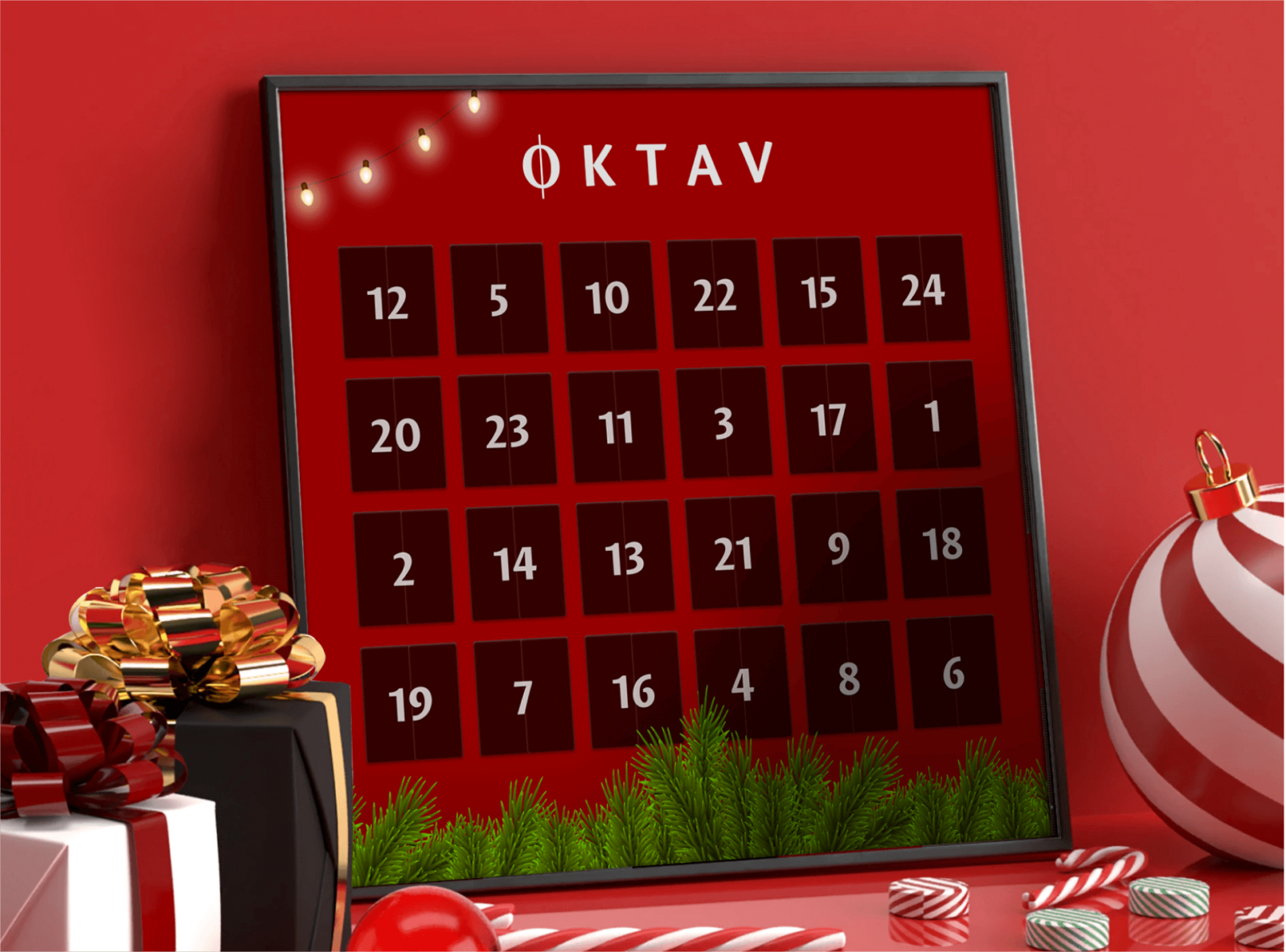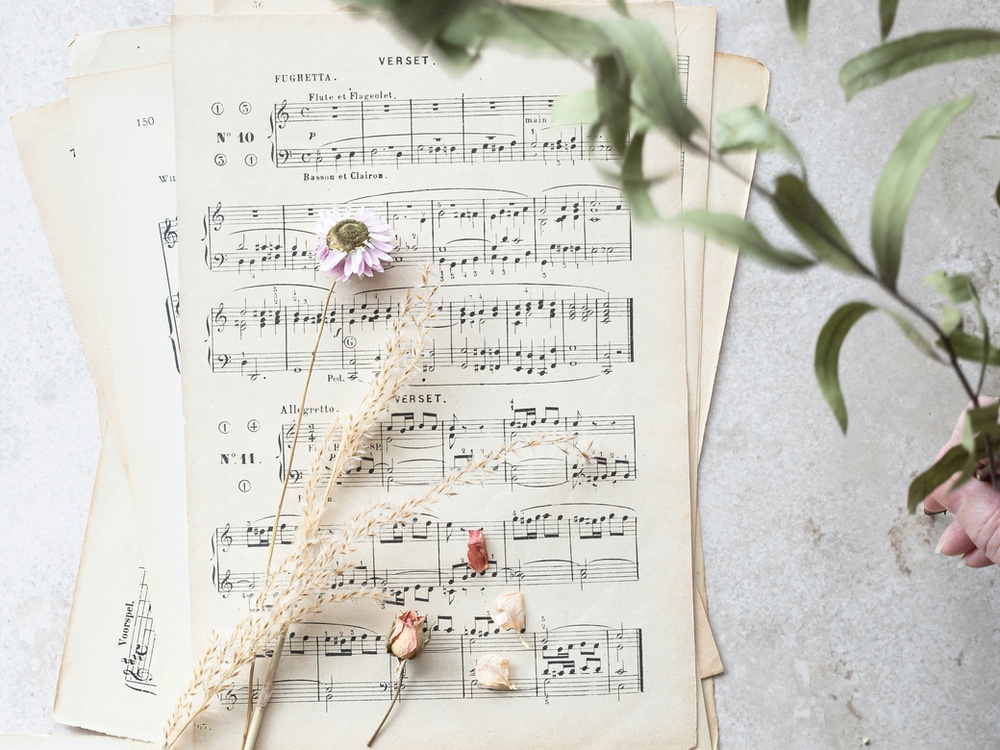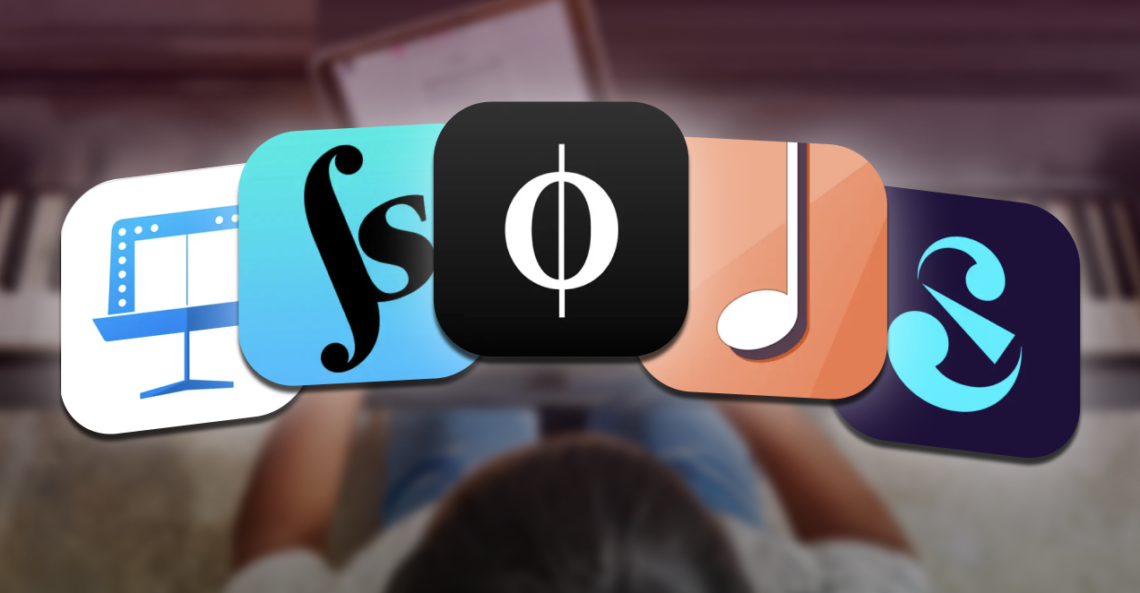There’s still time to improve and fine-tune your piano skills for Christmas. Let us show you how to do this most efficiently, having fun along the way, with our Piano Tips Advent Calendar.
“I’m dreaming of a white Christmas,
Just like the ones I used to know,
Where the tree tops glisten
And children listen
To hear sleigh bells in the snow.”
Irving Berlin
No matter whether you are dreaming of a snowy white traditional Christmas or a modern, turbulent, fun party – if you want to improve your piano skills you have come to the right place! We have got 24 tiny piano tweaks in our Piano Tips Advent Calendar that might not seem to be a big deal, but combine them, and we guarantee you’ll notice a huge difference in your playing within 24 days.
1 Set Goals

Really take the time to map out what you want to do. Be honest with yourself about
- what you really need to work on,
- what you want to play for fun, and
- how much time you should be spending on each portion of your practice routine.
Try to tackle the most difficult tasks on your list first. Often, we are most energized at the beginning of our practice time and we feel rewarded when we finally allow ourselves to rock our favorite tune at the end of the session.
2 TLC for your piano

Whether you own an acoustic or a digital piano, maintenance is a must. If you never clean your poor instrument, your grimy and germ-ridden fingers will eventually make the sparkly black-and-white keys look greyish, sad, and neglected. Take a soft cloth, and read here what to do with it to make your instrument sparkle!
3 Do a Finger Warm-up

In your heart, you’ve probably always known that piano warm-up exercises are just as important as your piano teacher has told you they are. In a way, playing the piano is like sports: If you do the right warm-up, your practice will be easier. And with regular finger warm-ups, you’ll quickly notice a significant improvement in your playing. Read more and get your free exercise PDFs.
4 Creature of Habit

Learning to play an instrument is like training your brain in a new language that you speak with your hands. And while you do that, different parts of your brain are getting involved. Roughly speaking, you need to move your new skill from the part of your brain that focuses on mastering new stuff to the part of the brain that does things automatically, then you add some more into the part of the brain that learns new things, and move that … you get it. It is a continuous process, so make sure to follow through.
5 Create Your Own Setlist

What are the songs you have always wanted to play? Save them, or write them down. Create your own working playlist, fine-tune the song order, and have fun planning a concert. Whether you follow through or not – have fun choosing music with OKTAV!
6 Determine Your Fingering

So you’ve got 88 keys in front of you, and only 10 fingers to play them with. Don’t just use whatever finger happens to be in the vicinity of the key that needs playing! Plan what you are doing. Plan what the smartest fingering is, and stick to it. It might take a bit longer not to use spur-of-the-moment fingering, but the payoff will be enormous! For your convenience, OKTAV has a feature that allows you to write down your fingering into your digital sheet music files, so you see what you need to adhere to whenever you open it up on your device!
7 Practice with Purpose

Rushing through repetitive exercises trains your brain to make the same mistakes over and over, which ultimately contributes to frustrating setbacks. Instead of half-heartedly trying to fix issues and moving on, use the 5x Method. Select 1-2 measures of music you are struggling with and determine which hand is the more significant one in the section. Start with that one, and play only the selected measures five times in a row – slowly and deliberately. If you make a mistake on any of your attempts (even on the 5th try), be sure not to move on.
Stop. Breathe.
And begin again until you have successfully practiced your selected section 5 times in a row, at a steady tempo, with no errors.
Next, you can decide whether to increase your tempo (if you have not yet reached the piece’s given tempo). Or whether you want to move on to work on the transitions in and out of the difficult section, practice the other hand or, later, the coordination of both hands. Sounds tedious, right? But persevere and you´ll see results very quickly.
8. Little & Often

Life’s busy, so you skip on practicing – until the day before you really NEED to perform that piece, and then you try to cram everything into six hours of non-stop hectic practice? No good. You learn more in less time if you go for “Little & Often”. Read more.
9 Use a Metronome!

And we don’t have to tell you why you should use a metronome. You KNOW it is good for you to fine-tune your timing. It’s just less fun than playing it as it comes, but it will be more fun once you have found your groove with it. The easiest metronome to use, by the way, is OKTAV’s metronome feature. No extra gadget is necessary! Read more.
10 Left Hand, then Right Hand

It all comes down to understanding what you are doing on the piano, then training your brain to automatize it, so you can “play it without thinking”. If you can instantly play a new piece with both hands – fine. But for more complex passages it makes sense to train both hands (and brain halves) separately first. Read more.
11 Work with a Method Book

Whether you are a complete beginner or an advanced player, method books help you improve your playing systematically. Yes, we are all about fun and choosing songs to play here on OKTAV, but we are also helping you to improve step by step, chapter by chapter. Read more.
12 Go Slower

If you can play it slowly, you will eventually be able to play it quickly. If you cannot play it slowly, there is no chance you’ll ever be able to play it at all. So, take your time. Sit down. Mark difficult passages, and slow down until you manage to play them five times without messing up. Then increase the tempo by a tiny bit, and so on. Read more.
13 Divide Into Sections

Yes, you want to feel like you can conquer the whole piece. But be honest with yourself: You may be brilliant at tackling some passages, but others are probably more difficult. Don’t just grit your teeth and hope for the best. Give those harder passages your full attention until you can play them with as much ease as the easier ones. Then have fun with the whole piece. Read more.
14 Scales Skills

Well, you play them up, and you play them down, and you repeat that until you don’t have to think about what you’re doing. To have a good start, you have to know your theory – which scale is which? Which chord is which, and how are they related to each other? Read more about scales. Read more about the Circle of Fifths – and download our free Circle of Fifths poster.
15 Your Mobile Phone

If you use your phone INSTEAD of playing the piano you’ll never reach your music goals. But you can also use it FOR playing the piano. Download a metronome app (not necessary if you use OKTAV as we have a metronome feature included), choose what music to play next by browsing OKTAV and adding pieces you like to your library, or record yourself.
16. Record Yourself

We are not telling you to go big on Youtube (if you do, we wish you success!). We are telling you to record yourself and listen attentively to what you are doing on the piano. Compare it to how you want to sound. Compare it to professional recordings. Draw your conclusions. If you want to add a bit of professionalism to your recording session, that’s fine, but it is not necessary to profit from listening to yourself without performing at the same time. Read more.
17 Focus on Problems

In life, focusing on your strengths, and not so much on what doesn’t work, might be a great strategy. Playing the piano is probably also more fun if you just hop through songs, and if you mess up you mess up. No harm done! Only – you won’t get better if you play like that. To improve, you have to tackle pieces of music where they aren’t comfortable, and concentrate on the passages that you’d rather skip. Once you have understood and mastered them, enjoy playing the whole piece! Read more.
18 Make Time For Fun

After 18 days of tackling one piano task after the other, you are getting time off. Have fun on your piano! Try new songs, perhaps even sing along! Do anything on your instrument that brings you fun – have a look at these ten songs most piano players enjoy.
19 Chords Are Your Best Chums

So you know how to play C major and A minor on the piano? That’s a great start, but there is just so much more to learn! Dive into chord lore, and you’ll find so many different flavours that can be derived from adding “jazzy numbery stuff” to a pure note. You`ll also find some chords are pals, some are mortal enemies, some resolve into each other – there is a lot going on, and the more you understand about music theory, the more you will understand music in general. It’s not hard. In fact, it’s quite interesting. Read more.
20 Time for a Treat

You don’t HAVE to have things like a page-turner, a posh metronome, or a 12-inch-tablet. But… it might be nice to have them! Here’s what we recommend.
21 Try a New Genre

Diversification is key when it comes to being a piano allrounder. It is a bit like traveling – broadens the horizon, allows for new experiences, and, incidentally, also makes you a stronger musician in the genres you usually play. We challenge you to try something new – with 14 genres to choose from, you are bound to find something you like!
22. Learn a Piece by Heart

So you went through all the trouble of learning the fingering, deciphering the bass notes, practicing the right-hand trills – and now we are asking you to play all that by heart?
Yes, that’s what we are suggesting. Here’s why: Because it will literally take that piece to the next level within your brain – into a different area of the brain. Think of it as riding a bicycle. You want that ease, that “Can’t-go-wrong” sense of confidence when playing.
How do you go about it? Well, you start by being able to play it fluently. If you aren’t able to play it “without thinking” don’t even attempt to learn it by heart. Once you have mastered the piece with the sheet music in front of you, grab your tablet (or whatever device you use to read sheet music on) and pick a section of the piece.
Really study that section and try to memorize how it should sound and what it is doing. Try to understand what’s happening (you know your way around chords and scales now!). This will make it easier for you to learn this section by heart because you will “feel” how it is supposed to continue, resolve, etc. Then learn to play that section by heart. Once you can do that, expand it. Add more and more, until you can play the whole piece without thinking, but with “feeling”.
23 A Taste for Theory

You expect that we just have to know which note represents which key, and what time length we should depress it for, and when to let it go, and all is fine? It isn’t. As musicians, we have to make everything come together – know what to play when, know which expression to use, know how to modulate the sound, understand what happens when chord-wise – and understand WHY. Read through the tools we offer on our Oktav.Stories, and make it all happen.
24 Perform!

Playing the piano is ultimately about making live music – it is up to you whether that is with your friends or family, or in concert, or for no one in particular, just yourself (and perhaps your neighbors). We wish you a Merry Christmas! And if you are looking for Christmas songs – we have 280 of them waiting for you, in over 400 arrangements.
This OKTAV Piano Tips Advent Calendar is updated weekly with fresh tips that help you play the piano the way you want to play it, and achieve your musical goals along the way.



